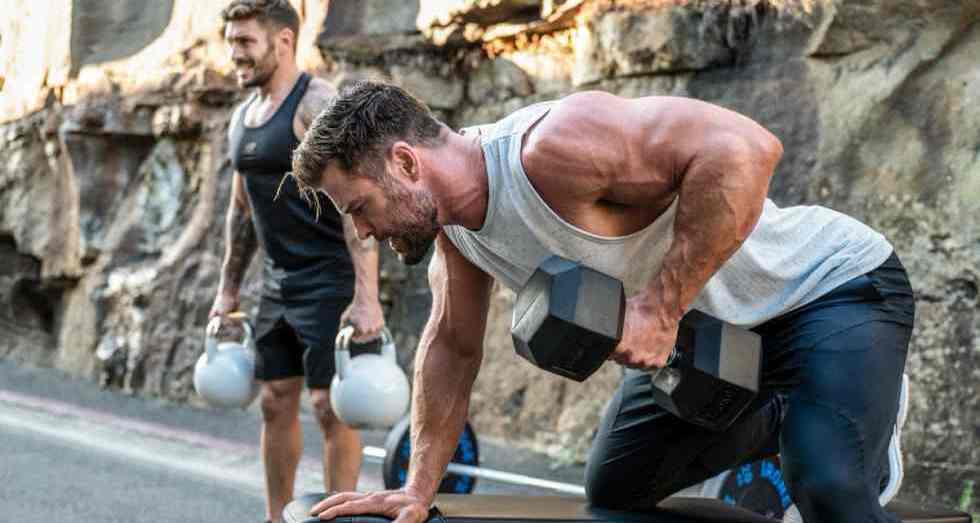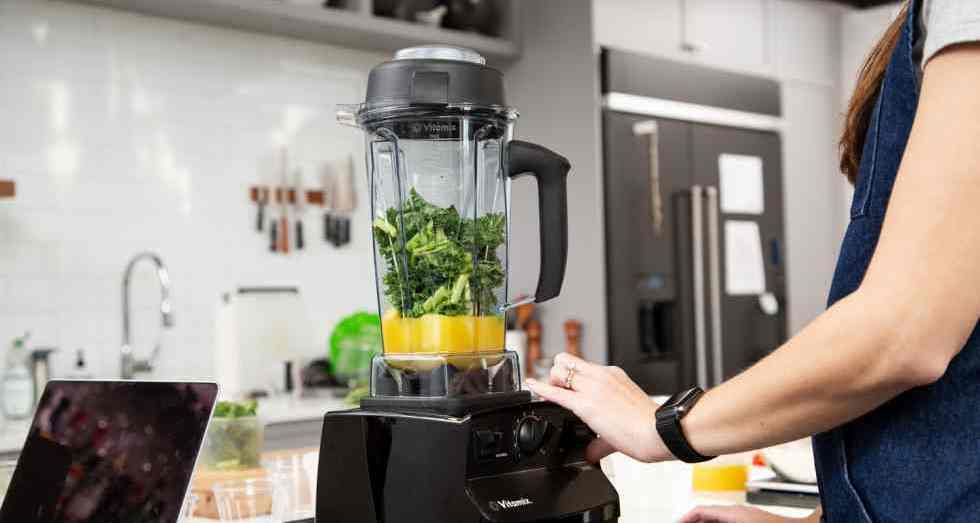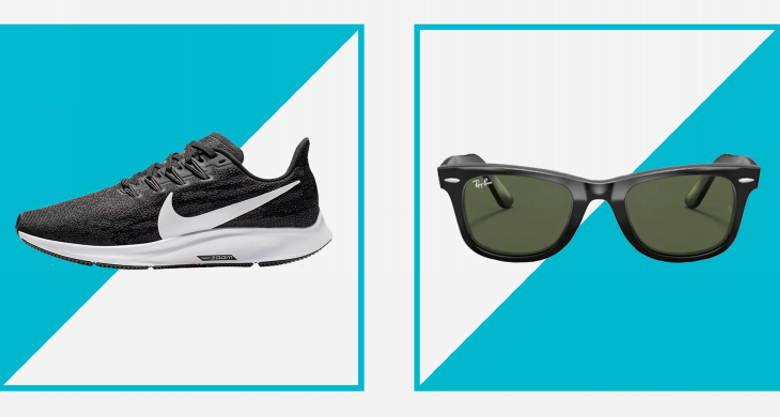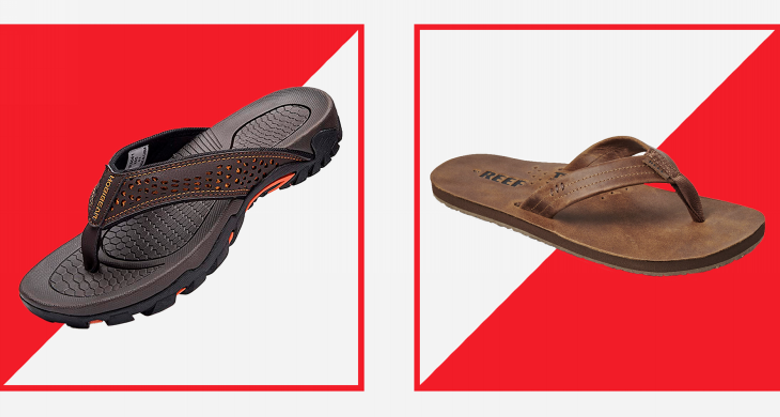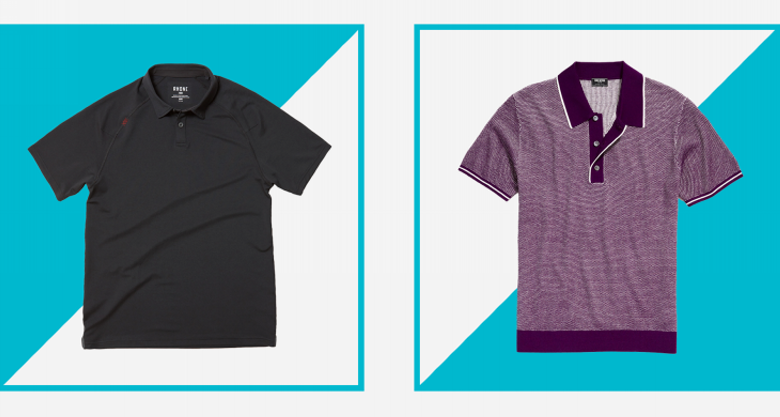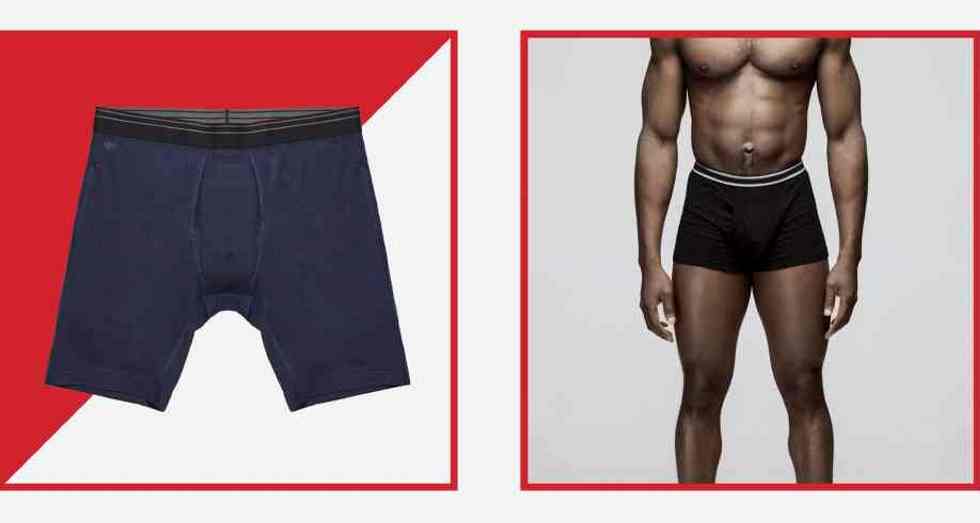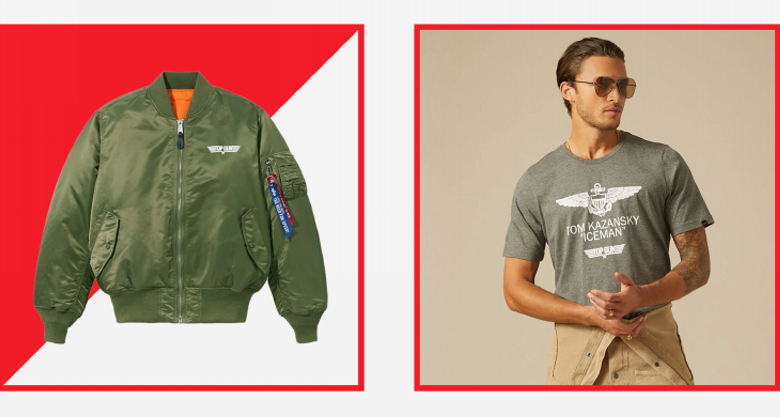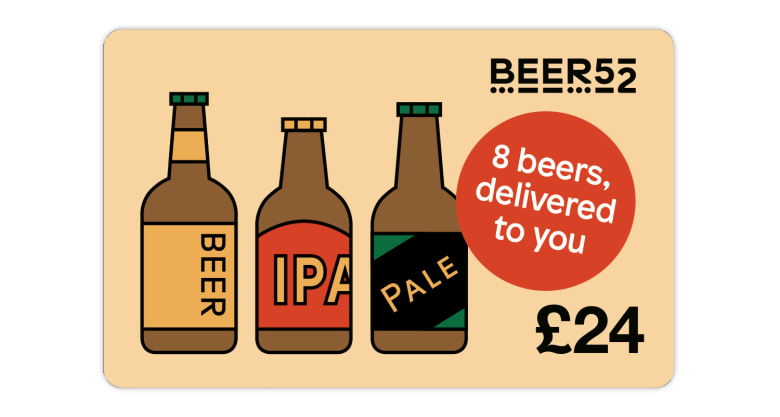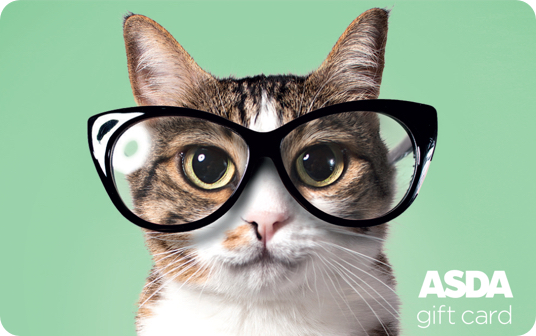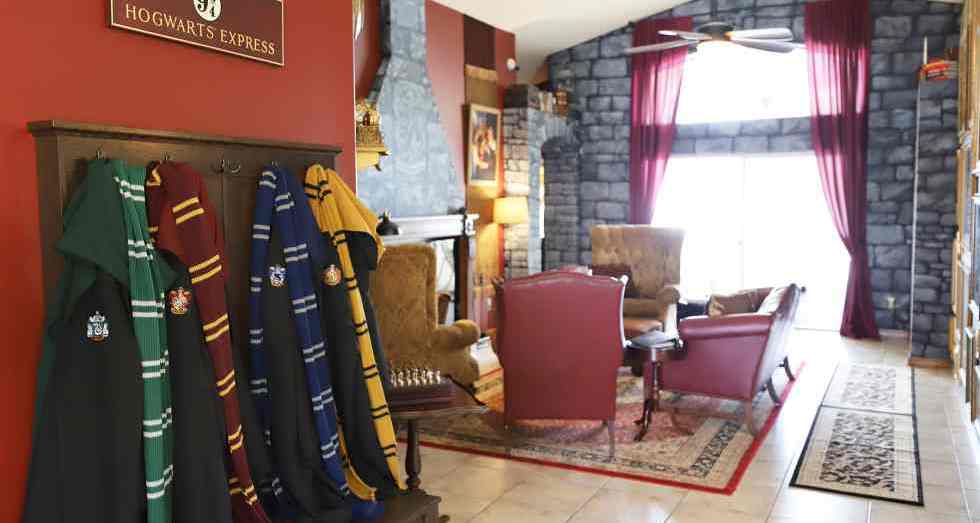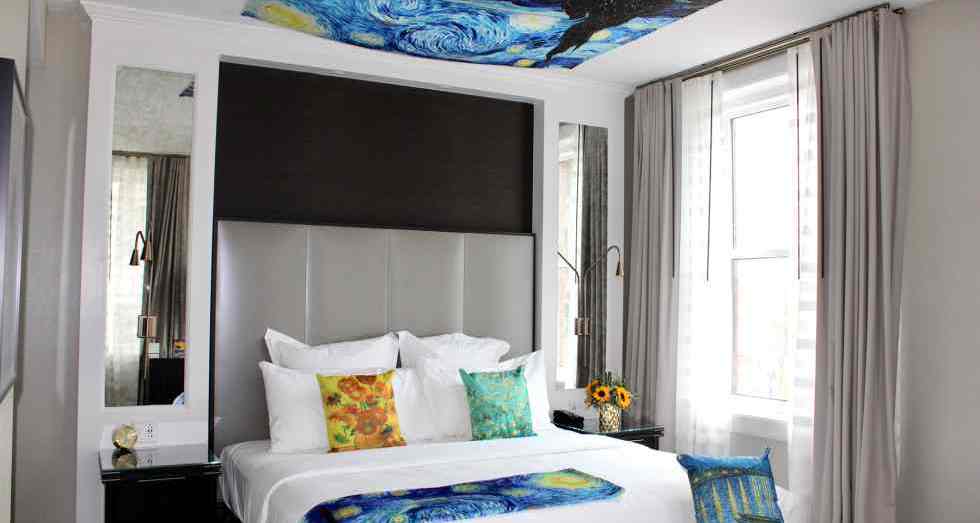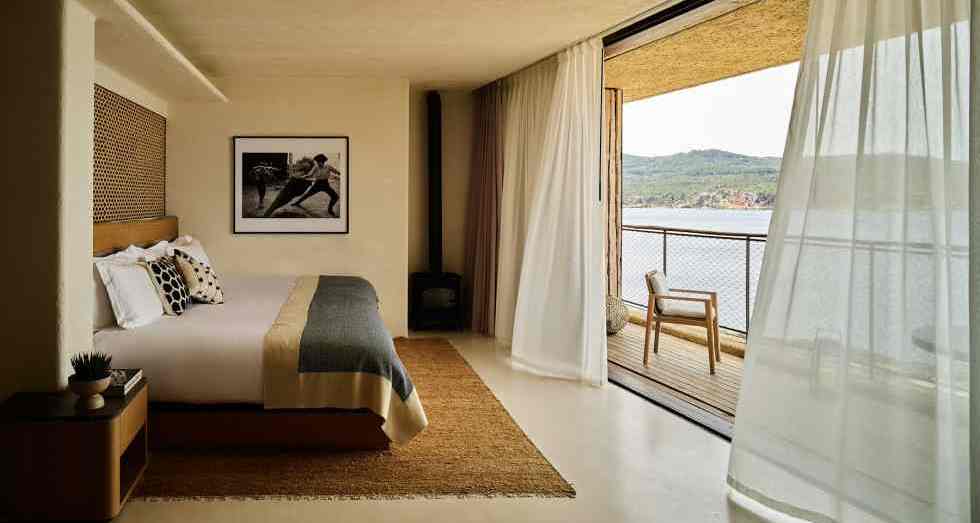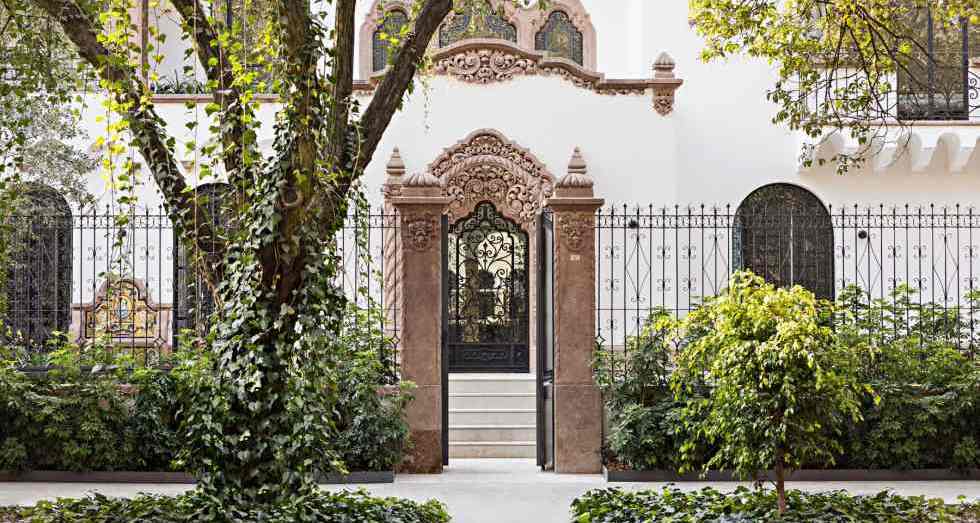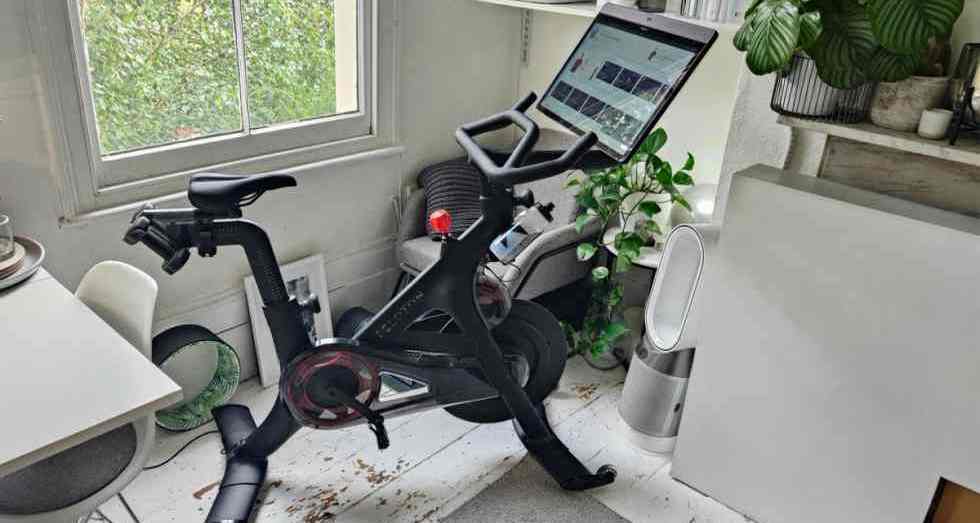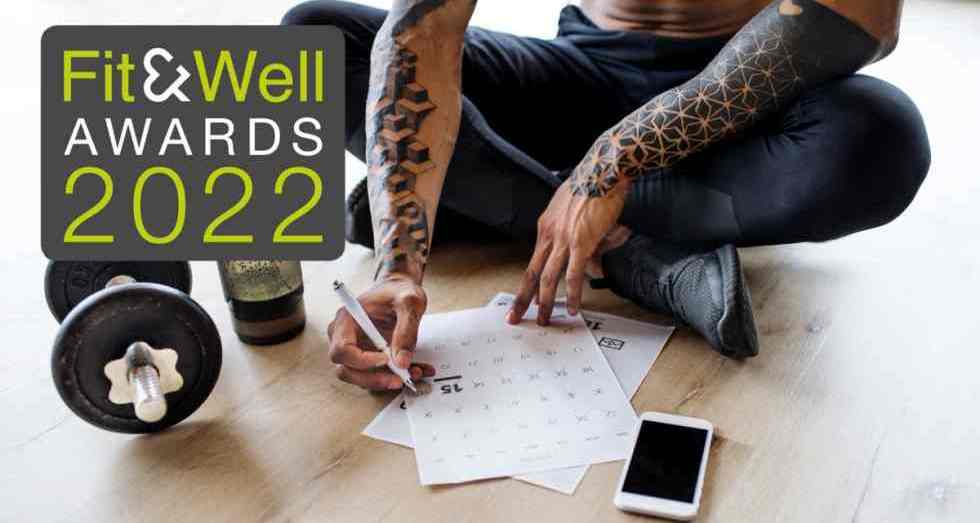Straight to the Level
Our high choose is the Bonavita 8-Cup One-Contact Espresso Maker. It is easy to make use of and brews persistently nice espresso. You is perhaps asking, “Is $150 actually cheap?” We do assume it is a affordable worth for a tool you will seemingly use each day and nonetheless far lower than different dwelling brewers, which may price upwards of $400 (or extra). Nevertheless, if that worth is not doable, we additionally just like the Mr. Espresso 10-Cup Espresso Maker. It is about $80 and has a thermal carafe.
As a former barista—who's been within the speciality espresso trade since 2010—my day used to start by dialing in espresso and batch brewed espresso, getting issues simply proper for purchasers. I’d pour myself 5 ounces of espresso to begin, replenishing my cup each time I brewed a recent batch.
Now that I work at home, although, my wants are very totally different. I'm brewing espresso as soon as, within the morning. That’s it. As a substitute of tweaking my brew recipe all through the day, tasting as I am going, I would like a brewer that’s simply going to reliably do an excellent job, which will be tough to search out at an reasonably priced worth level.
We Examined Automated Drip Espresso Makers—Right here Are Our Favorites
Critical Eats final examined espresso brewers in 2018, nonetheless espresso expertise has modified quite a bit up to now 4 years. So, we’re re-reviewing espresso makers, together with outdated favorites, up to date variations of beforehand examined machines, and fully new fashions. This overview is cut up into two components: the finest automated drip espresso makers (when you’ve got extra to spend) and the perfect fashions for $150 or much less.
There are some wonderful brewers that fall into this extra cheap class (though the Specialty Espresso Affiliation’s or SCA’s listing of really useful brewers solely consists of one underneath $150), however there are additionally numerous clunkers. I particularly wish to discuss what to search for in a less expensive brewer and the options sub-par brewers use to disguise their shortcomings. However, first, this is a fast take a look at the highest fashions after testing.
The Winners, at a Look
The Greatest Cheap Espresso Maker: Bonavita 8-Cup One-Contact Espresso Maker
:max_bytes(150000):strip_icc()/Bonavita8-CupCoffeeMaker-2af171aef38346e596f65d0b70cd5f9e.jpg)
Bonavita 8-Cup Espresso Maker
The Bonavita 8-Cup brewer is SCA licensed and does precisely what an awesome brewer ought to: it holds a excessive brewing temperature, extracts espresso evenly, and retains espresso sizzling in its thermal carafe. (Editor's notice: Once we examined this mannequin, we paid lower than $150 for it. Now, on the time of publish, the brewer's worth is about $160. Costs are inclined to fluctuate on Amazon, however, regardless, we do assume this mannequin is value the additional $10.)
The Greatest Espresso Maker Underneath $100: Mr. Espresso 10-Cup Espresso Maker
:max_bytes(150000):strip_icc()/Mr.Coffee-10-CupCoffeemaker-Stainless-SteelBlack-5a1f281b482c5200371904b7.jpg)
Mr. Espresso 10-Cup Coffeemaker
This Mr. Espresso 10-cup mannequin was the one brewer on this worth vary that brewed in an affordable period of time (the SCA recommends between 4 to eight minutes), was straightforward to make use of, and produced well-extracted espresso.
The Checks
:max_bytes(150000):strip_icc()/Bonavita_Automatic_Drip_Coffee_Makers_08-7494a7e07b0642468d4ce4d49a6d6c4d.jpg)
Critical Eats / Ashley Rodriguez
- Brew Take a look at One: Brew medium-dark roast espresso, to evaluate brew time, how properly the machine does with a normal espresso accessible at a grocery store, and the ensuing brew’s taste.
- Brew Take a look at Two: Brew gentle roast espresso, to evaluate brew time, how properly the brewer does with a harder-to-extract bean, and the ensuing brew’s taste.
- Brew Basket Saturation: After every brew check, consider brew basket saturation, as an evenly extracted brew mattress is an indication of a well-designed espresso maker.
- Complete Dissolved Solids: Measure complete dissolved solids or TDS utilizing a refractometer, to see if it gives a baseline for a way a lot espresso is ending up within the closing cup.
- Temperature Monitoring: Utilizing a thermocouple, monitor the water temperature of the showerhead and the brew basket throughout brewing, trying to see how secure these temperatures are and at what temperature brewing happens.
- Warmth Retention: Utilizing an instant-read thermometer, examine the temperature of the espresso proper after brewing and once more half-hour and an hour later, to see how sizzling the carafe retains it.
- Consumer-Expertise Analysis: Decide how straightforward every espresso maker and carafe is to arrange, use, and pour from.
- Ease of Cleansing: After every check, clear the espresso maker’s carafe and brew basket by hand, on the lookout for any elements that make one machine simpler to wash than one other.
- Preset Features: When vital, strive the preset capabilities these fashions provide.
Why You Ought to Belief Us
I’ve been within the espresso trade since 2010. My very first espresso job was as a barista at a high-volume store the place we weren’t allowed to alter the grind setting on the grinder. After that, I used to be behind the bar in some capability till 2019 and I proceed to put in writing about espresso and interview people for a coffee-centric podcast. I’ve written the Critical Eats opinions of espresso machines, French presses, chilly brew makers, and milk frothers.
What We Realized
Temperature Stability Was Important
:max_bytes(150000):strip_icc()/Bonavita_Automatic_Drip_Coffee_Makers_051-af198ce0e06247c19b46c3b773047b72.jpg)
Critical Eats / Ashley Rodriguez
Espresso extraction is affected by temperature, as larger temperatures will extract extra from espresso. To trace the brewing temperature, I used a thermocouple with two probes on every machine throughout brewing: one connected as intently as I may to the sprayhead to measure the temperature of the water popping out, and one on the backside of the brew mattress.
I didn’t study an entire lot from the underside probe, and I did have some points getting this probe precisely the place I wished it (a lot of the brew beds are enclosed, so as soon as a probe was connected I couldn’t affirm precisely the place the probe was or if the water displaced the probe at any time). Nevertheless, from the highest probe, I discovered quite a bit about how the brewing temperature modifications over time and varies from mannequin to mannequin. Lots of the cheaper brewers began brewing with water that wasn’t sizzling sufficient (across the 170-180°F vary), however that will spike in direction of the top of the brew. This resulted in espresso that was over-extracted and bitter. Larger-end fashions have been capable of hold the temperature constant all through the brewing cycle, round 195 to 205°F, producing balanced, well-extracted espresso. Our high choose, the Bonavita, acquired as much as temperature (round 196°F) shortly, and stayed between 195-205°F throughout the complete brew cycle with none bizarre temperature spikes or deviations.
:max_bytes(150000):strip_icc()/Bonavita_Automatic_Drip_Coffee_Makers_07-8983fcaf898f4c75a8b7c90085cdb318.jpg)
Critical Eats / Ashley Rodriguez
I additionally measured the warmth retention of the carafes, taking the temperature of the espresso proper after brewing, after half-hour, and after an hour. Many of the higher-end machines got here with thermal carafes, whereas the cheaper ones have been cut up between thermal carafes and glass carafes with a hotplate. I discovered that machines with a hotplate stored espresso hotter (and in some circumstances, even made espresso hotter than it was proper after brewing), however at the price of taste. Over time, the espresso from a glass carafe on a hotplate tasted baked and bitter. Thermal carafes have been capable of hold espresso sizzling with out altering its taste profile.
Why Showerhead Design Issues
A method I prefer to convey espresso brewing is to think about a container filled with rocks. Now, think about you pour water excessive of the rocks. Ultimately, the water will find yourself on the backside of the container, however numerous elements can have an effect on how that water strikes via the rocks.
I normally use this metaphor to elucidate grind measurement: water will transfer via smaller rocks (a finer grind) extra slowly than larger rocks (a rough grind). Nevertheless, it additionally works to elucidate how the showerhead of a espresso brewer capabilities. Should you poured water from one level, straight down, solely the rocks straight under that time would get moist.
:max_bytes(150000):strip_icc()/Bonavita_Automatic_Drip_Coffee_Makers_04-4be28176866e465c89a50743b81ebcd4.jpg)
Critical Eats / Ashley Rodriguez
A well-designed showerhead acts as a water dispersion software, ensuring that the complete brew mattress is evenly moist, which is essential since you need your espresso grounds to be evenly extracted. You’ll be able to inform a showerhead is well-designed when, after you’re completed brewing, you open the brew basket and the brew mattress is flat with none noticeable craters or deep depressions.
That’s more durable to attain than it sounds. A few of the showerheads appeared slim in design, with most of the water holes concentrated within the center. This resulted in a brew basket that had a noticeable crater within the center and grounds creeping up the edges of the brew mattress. As a result of the grounds weren't evenly saturated, the espresso was under-extracted.
A few of the showerheads have been too highly effective, puncturing (if you’ll) the highest of the grounds and creating channels the place water handed via too shortly and with out extracting sufficient taste, whereas the remainder of the espresso was displaced and over-extracted.
Analyzing The Espresso Makers' Options
A few of the buttons or options on these machines have been extremely useful. For instance, a "bloom" setting saturates espresso beans with a little bit of sizzling water, releasing carbon dioxide earlier than brewing (carbon dioxide can act as a sort-of protect round espresso beans, making it more durable to extract taste). Some aren’t that helpful, however are innocuous, like the truth that some brewers mean you can choose the variety of cups you’d prefer to brew. This was initially complicated to me, nonetheless, I spotted these machines try to decelerate the water circulation for smaller batches of espresso. Primarily, they're lowering how shortly the water pulses or strikes via the machine to extend the contact time of the grounds and the water.
However some options appeared misplaced, like they hoped to reap the benefits of a person’s lack of ability to know the fundamentals of brewing by including buttons that weren’t useful. Once I wrote my overview of espresso machines, I famous this phenomenon—numerous the fashions boasted with the ability to pull photographs at 14, 15, and 16+ bars of stress, which is solely pointless (most espresso machines apply about 9 bars of stress when pulling photographs).
:max_bytes(150000):strip_icc()/Ninja_Automatic_Drip_Coffee_Makers_02-8651b423adf84ba79aa9d7701944f2c4.jpg)
Critical Eats / Ashley Rodriguez
I used to be significantly interested by espresso makers that boasted they may brew “bolder” or “richer” espresso, which confirmed up on various the sub-$100 fashions, together with these from Ninja, Braun, Cuisinart, and Black + Decker. I did some analysis on-line and couldn’t discover anybody who had examined or written about this. I then requested my good friend, Steve Rhinehart, e-commerce supervisor at Acaia and former model supervisor at Prima Espresso Gear, what he thought of these options. He guessed it was a problem of time and thought the brewers have been extending their brew cycles in order that the water would keep involved with the grounds longer, however he wasn’t 100% certain.
So, I did a run with the Braun BrewSense utilizing the “bolder” setting and seen that the brew time was certainly longer (10 minutes and 46 seconds versus the 9 minutes and 32 seconds it took for the standard brewing cycle). Nevertheless, what I feel is being interpreted as a “bolder” taste is definitely over-extraction. So sure, technically, this espresso is “stronger” as a result of water is staying involved with the grounds for an elevated period of time. However on this case, I’d argue sturdy isn’t essentially good and counsel avoiding all these options. There are different methods you possibly can manipulate the energy of your espresso to ship a tasty cup—like adjusting your coffee-to-water ratio or grinding finer, which we’ll discuss extra under within the FAQ part.
The Standards: What We Look For in a Nice Cheap Espresso Maker
:max_bytes(150000):strip_icc()/bonavita_automatic_drip_coffee_makers_11-final-dd1e005131764780bc40e0d54a3ab3de.jpeg)
Critical Eats / Ashley Rodriguez / Chloe Jeong
An amazing, budget-friendly espresso brewer ought to give drinkers precisely what they want: a machine that may correctly extract espresso, produce an excellent brew mattress, and hold espresso sizzling over an extended time frame with out baking it. The perfect brewers have been capable of correctly warmth water and keep temperature all through the size of the brew cycle, made a full pot of espresso in underneath eight minutes, had a thermal carafe, and had a simple, easy-to-use management panel. espresso maker needs to be a cinch to wash, too, and carafes with extensive openings are higher than one thing tapered (which requires a bottle brush to wash).
The Greatest Espresso Maker for $150: Bonavita 8-Cup One-Contact Espresso Maker
:max_bytes(150000):strip_icc()/Bonavita8-CupCoffeeMaker-2af171aef38346e596f65d0b70cd5f9e.jpg)
Bonavita 8-Cup Espresso Maker
What we appreciated: I can’t describe how stunning it’s to tug out the brew basket of a espresso brewer and see a superbly flat mattress. And the Bonavita delivers each time.
The mannequin couldn’t be less complicated to make use of. There’s one button to show the machine on, and in the event you maintain it down for 5 seconds, it’s going to activate a bloom cycle. The thermal carafe retains espresso sizzling after brewing, and its pared-down design means you get every thing you have to brew wonderful espresso and nothing extra.
If you’re taking a look at machines within the $150 vary, it’s actually a query of the place your cash goes. With the Bonavita, all the eye and care are within the design of the showerhead and the water heating components. The showerhead is made to saturate all of the espresso grounds evenly, producing clear and well-extracted espresso throughout every brew cycle. Each the darkish and lighter roasted coffees tasted nuanced and absolutely expressed. The Bonavita additionally stored water above 195°F all through the complete brew cycle with out spiking and getting actually sizzling in direction of the top—which did occur quite a bit on the opposite brewers.
Out of all the cheap brewers, the Bonavita brewed espresso the quickest by far. Together with our different choose, it was the one brewer that would meet SCA Gold Cup requirements, which resulted in a well-balanced drink that had no lingering bitterness. The Bonavita is a snap to wash, too, that includes a wide-mouth high that makes scrubbing the thermal carafe easy. Its compact design additionally means it’ll match simply on any countertop and take up minimal area.
What we didn't like: The lid on the Bonavita is a bit awkward and will be tough to pour from—you need to press a button to activate the pouring lip and it tends to dribble a bit. The Bonavita has no additional options (like a programmable begin setting), which might be a dealbreaker for some. It appears to have provide points, too, and its worth fluctuates (typically above $150).
Key Specs
- Thermal carafe: Sure
- Temperature loss after one hour: 16°F
- Common brew time: 4 minutes, 56 seconds
:max_bytes(150000):strip_icc()/Bonavita_Automatic_Drip_Coffee_Makers_HeroHorizontal-fd755fe061e74577bef59ca7668eb470.jpg)
Critical Eats / Ashley Rodriguez
The Greatest Espresso Maker Underneath $100: Mr. Espresso 10-Cup Espresso Maker
:max_bytes(150000):strip_icc()/Mr.Coffee-10-CupCoffeemaker-Stainless-SteelBlack-5a1f281b482c5200371904b7.jpg)
Mr. Espresso 10-Cup Coffeemaker
What we appreciated: The Mr. Espresso was the one different brewer on this worth vary that brewed a full pot underneath seven minutes. The brew mattress, which you entry by way of a aspect panel that opens like a dresser drawer, was completely flat and the carafe stored espresso hotter than every other brewer. The espresso tasted properly extracted, albeit a bit skinny, however I feel that might be adjusted by grinding espresso a bit finer. The brewer will be programmed to make espresso at a specified time and includes a timer that tells you the way lengthy espresso has been sitting within the carafe.
What we didn’t like: This isn’t the prettiest brewer to take a look at. It’s a bit clunky and tall, and the tapered high of the brewing carafe makes it harder to wash.
Key Specs
- Thermal carafe: Sure
- Temperature loss after one hour: 6°F
- Common brew time: 4 minutes, 51 seconds
:max_bytes(150000):strip_icc()/Mr_Coffee_Automatic_Drip_Coffee_Makers_HeroHorizontal-1e67dbabfb2441f69500b065ab7231ec.jpg)
Critical Eats / Ashley Rodriguez
The Competitors
- Braun BrewSense: This was the winner of the budget-friendly class in our 2018 espresso maker testing, however the glass carafe and sizzling plate baked the espresso and it took over eight minutes to brew. The Mr. Espresso can be about $20 cheaper.
- Braun BrewSense with Thermal Carafe: Though this brewer solves the above grievance about the usual Braun BrewSense by switching to a thermal carafe, it nonetheless took too lengthy to brew.
- Ninja Programmable Brewer: The Ninja has numerous options (some innocuous, some unhelpful), however the sizzling plate truly made the espresso hotter than it was when it was first brewed, so the espresso tasted astringent and burnt over time.
- Cuisinart Programmable Espresso Brewer: The water on this brewer acquired actually sizzling and the ensuing espresso tasted flat and boring. It would not have a thermal carafe, so the espresso tasted baked over time.
- Hamilton Seaside Programmable Entrance-Fill Espresso Maker: The front-fill panel was a pleasant function, however the showerhead was principally focused on the middle of the brew mattress, making a sunken portion within the center and resulting in uneven extraction.
- BLACK+DECKER 12-Cup Thermal Coffeemaker: The espresso from this brewer tasted flat, which is sensible: the temperature of the espresso instantly after brewing was decrease than every other machine, implying that the water by no means acquired fairly sizzling sufficient.
FAQs
What sort of espresso filters do you want for brewing?
For this overview, I used two several types of espresso filters, primarily based on the form of the brewer: flat backside filters and the #4 cone filters, each from Melitta. I used bleached filters, principally as a result of that’s what I had at dwelling, however you should use brown, unbleached filters in the event you favor. Some people report these unbleached filters have a little bit of a cardboard style except you pre-wet them.
Whereas I used a paper filter in every brewer, most of the brewers got here with a mesh filter. The mesh filter is reusable, however will enable extra espresso oils via as you brew. Some people like this—in the event you’re into French press brewing, it is a good technique to get that very same heavy physique within the cup. A paper filter will produce a cleaner cup because it catches a lot of the espresso oils.
How can I hold my espresso hotter?
Invariably, at each cafe I’ve labored at, people have requested for his or her espresso to be piping sizzling. I had a daily buyer who’d take a sip and ask us to make use of the steam wand from the espresso machine to heat their espresso—we clearly didn’t do that as a result of that’d be an enormous well being code violation.
I’ve two suggestions for conserving espresso sizzling. One: preheat the carafe. If in case you have time, run a cycle with simply sizzling water via your brewer and permit it to warmth up the machine, together with the carafe. You too can warmth water in, say, a kettle after which use the new water to preheat the carafe.
Two: preheat your mug, particularly in the event you’re ingesting out of a ceramic mug. Ceramic absorbs numerous warmth, so in the event you pour sizzling espresso right into a room temperature mug, it’ll convey down the temperature of your drink shortly. Ceramic additionally takes a bit to heat up, so I normally let the new water sit within the mug for at the very least a minute, if not at some point of the espresso brewing cycle.
How can I toughen espresso?
Listed here are some methods you may make your espresso stronger:
- Modify the ratio of espresso to water: For this overview, I used a 1:16 ratio of espresso to water. Should you’d like a stronger cup, strive a 1:15 or 1:14 ratio and see if that provides you one thing richer.
- Grind finer: A finer grind signifies that the water will transfer via the espresso slower, extracting extra from the brew mattress. Watch out with this, although: in the event you go too tremendous, the water will transfer actually slowly and may overflow the brew mattress.
- Don’t use pre-ground espresso: I’m consistently shocked by how many individuals point out loving a “sturdy brew” however use pre-ground espresso. Espresso aromatics quickly deteriorate the second you grind espresso, so that you begin to lose taste as quickly as you set beans via a grinder. Should you’re shopping for pre-ground espresso on the grocery retailer, there’s no telling when that espresso was floor. Most of those beans have a “finest by” date, however not a roast date. “Greatest by” dates might be wherever from six months to 2 years after roasting.
We Examined Espresso Grinders—Right here Are the Greatest Ones


